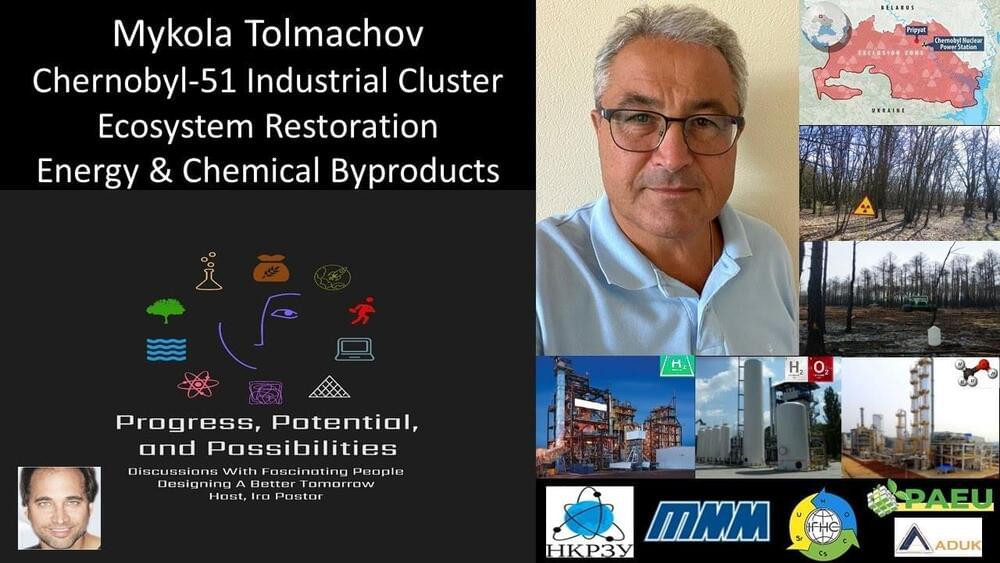The chernobyl special industrial zone — ecosystem restoration, remediation, and the development of energy and chemical byproducts — mykola tolmachov, chernobyl-51 industrial cluster.
The Chernobyl disaster / nuclear accident, occurred on April 26th, 1,986 at the No. 4 reactor in the Chernobyl Nuclear Power Plant, near the city of Pripyat in the north of Ukraine.
The initial emergency response, together with later decontamination of the environment, ultimately involved more than 500,000 personnel and cost an estimated US$68 billion, adjusted for inflation.
The current Chernobyl Exclusion Zone covers an area of approximately 2,600 km2 (1,000 sq mi) in Ukraine, immediately surrounding the Chernobyl Nuclear Power Plant, where radioactive contamination is highest and public access and inhabitation are restricted.
The Exclusion Zone’s purpose is to restrict access to hazardous areas, reduce the further spread of radiological contamination, and conduct radiological and ecological monitoring activities.
Today, the Exclusion Zone is still one of the most radioactively contaminated areas in the world and draws significant scientific interest for the high levels of radiation exposure in the environment, as well as increasing interest from tourists.
Despite the extremely high radioactivity of the region, the zone has become a thriving sanctuary with natural flora and fauna with some of the highest biodiversity and thickest forests in all of Ukraine.
On this episode of our show, we are joined by Mykola Tolmachov, of the Chernobyl-51 Industrial Cluster, discussing their novel public-private partnership for both ecosystem restoration and the production of both energy and chemical byproducts, in the exclusion zone.









Comments are closed.